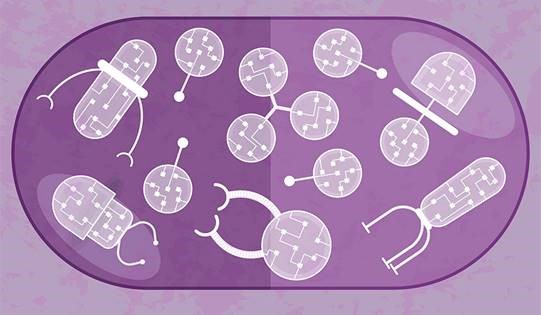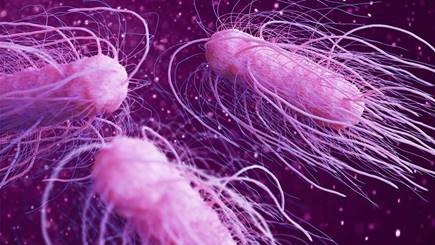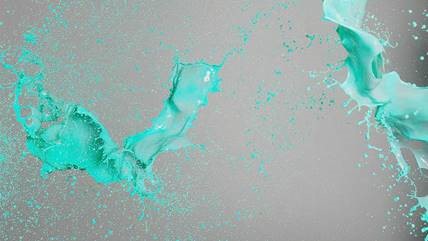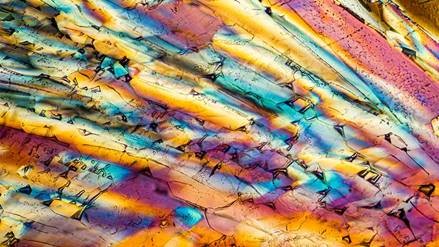However, colloidal liquid crystals are limited to simple, static structures.
Dr Shendruk’s research hopes to use a new type of liquid crystal to produce more complex and continually dynamic colloidal structures that could act as the components for micro-robots.
Active matter and ‘living’ colloidal liquid crystals
Just like water and other non-living fluids, traditional liquid crystals only flow when forced to by pressure, gravity, or some other external force, but a new class of fluids called ‘active’ fluids have the surprising ability to spontaneously flow all on their own.
They carry within themselves a fuel which they use to generate internal motions and large-scale spontaneous flows.
These uncanny liquids, which are almost always biological, seem to be alive because of their autonomous motion and, as a result, are often referred to as ‘living’ liquids.
Dr Shendruk’s research will examine what happens when passive colloids are put in ‘living’ liquid crystals.
It is hoped the activity of the surrounding fluid may allow for shortcuts in colloidal self-assembly and result in the formation of new dynamic ‘living’ colloidal structures that would not be possible in traditional, static liquid crystals.
Dr Shendruk will use computational models to simulate ‘living’ colloidal liquid crystals on Loughborough's HPC (High Performance Computers), exploring their uncanny motions and dynamic structures.
Dr Shendruk will use Loughborough's HPC to generate simulations, similar to the schematics pictured, to computationally model what happens when passive colloids are put in 'living' liquid crystals.
However, because ‘living’ colloidal liquid crystals are a mixture of many moving colloids in a complex, self-flowing biological fluid, he and his team will need to develop novel numerical algorithms capable of simulating these unusual materials.
Dr Shendruk says colloidal structures that build and power themselves have the potential to act as hybrid bio/micro-machines that continually move and change because of the spontaneous flows.
He says if the project is successful, the micro-machines could be used for a variety of applications.
Dr Shendruk said: “Just like robots aren’t just for one single task but can do many things, I hope our ‘living’ colloidal liquid crystals might form micro-bots that could do all sorts tiny tasks.
“The research aims to produce colloidal structures with autonomous functionality, including self-motility, self-revolution and dynamical self-transformations, which are exactly the characteristics one would desire for a first generation of autonomous components of micro-biomechanical systems and soft micro-machines.
“As hybrids between biological active fluids and simple man-made materials, I hope they have the potential for autonomously tunable material properties, mimicking biological complexity, and maybe even someday working together with biology.”
He added: “I feel very lucky that the ERC recognized how exciting these ideas and funded a team of researchers to boldly explore these exciting ideas.”
Dr Shendruk will be awarded €1,402,345 (£1,251,284.40) over five years. He is a Canadian, hired last year to work in the UK as part of Loughborough University’s Mathematical Sciences Department and the newly founded Interdisciplinary Centre for Mathematical Modelling (ICMM).
More on the European Research Council Starting Grants can be found here.



